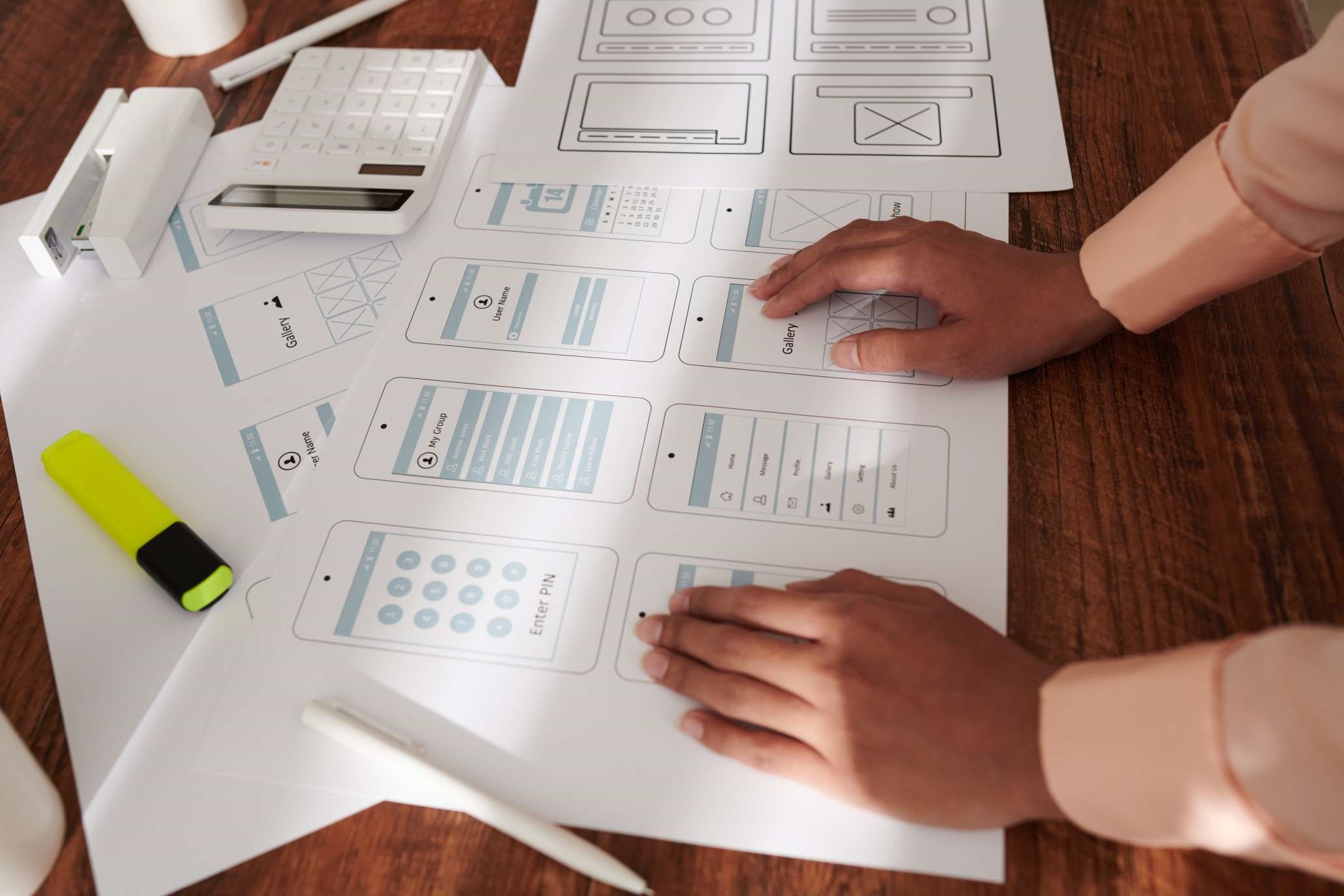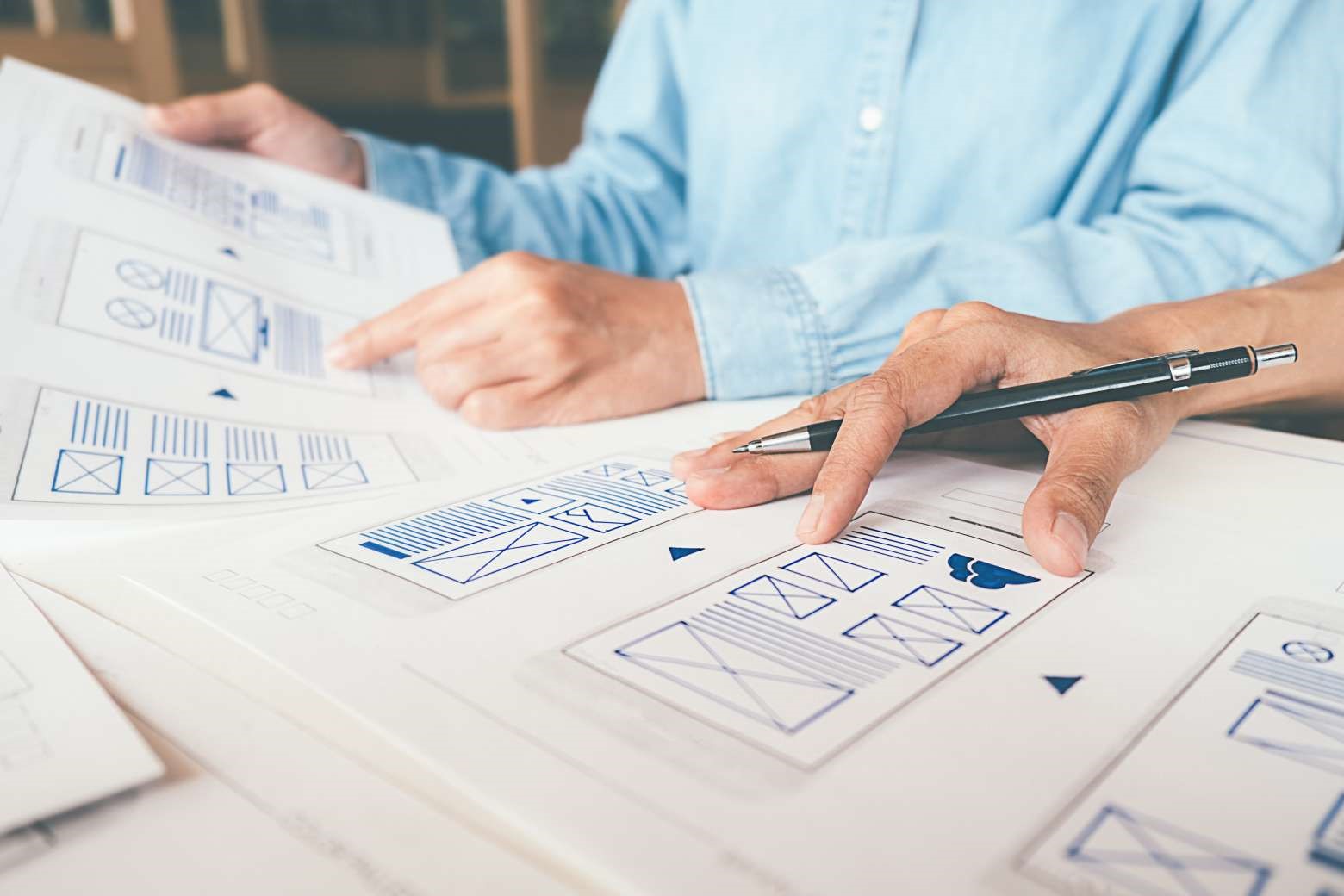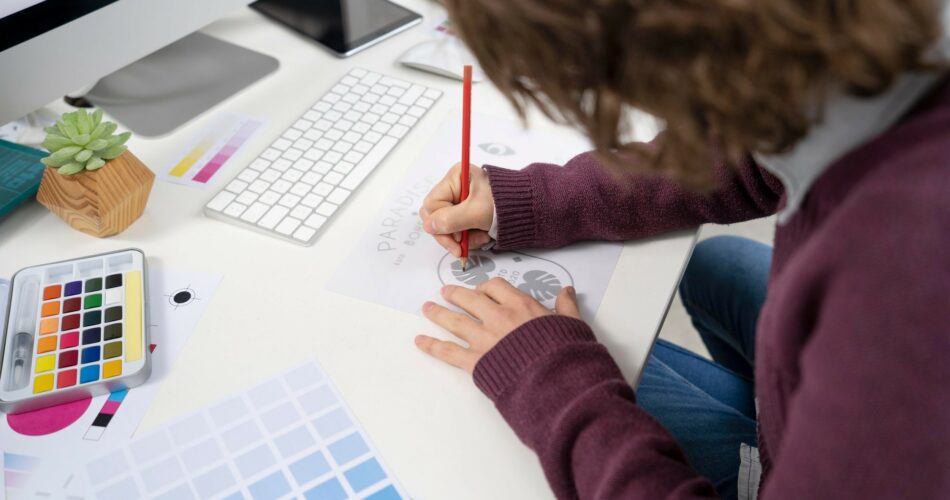When you’re passionate about your idea, you are aspiring to bring it to life as fast as possible. Though the hustle isn’t the best advisor, there’s something precious in such an approach. “Speed is the soul of business, and in order for everything to be argued quickly, you must have a certain system”, – advised Chesterfield to his son. And we know how to organize all the elements into a working system on time and within a tough budget.
Focusing on the heart of your project, you can tangibly speed up its realization, and check some hypothetically successful schemes in reality. The Purrweb team prepared a guide on MVP design, leaning on which you will achieve the desired results without energy losses.
When the experts are talking about MVP design, what do they mean?
The core distinction of MVP is the absence of any non-mandatory features and the perfect execution of the basic functionality. Let’s illustrate it. When users visit a dating app, they expect to have messaging functionality for communication. The absence of such a feature will look like nonsense. They also need a matching algorithm. Suppose the app is honed for serious relationships: it offers participants to fill in the psychological questionnaire and offers those candidates whose answers are complementary. So, these three features: messenger, matching algorithm, and users’ profiles for better acquaintance and connection are basic in the solution. And we’re planning to check the idea of matching people in accordance with their psychological portraits, it’s enough. As for the catalog with photos, search bar, filters, rating system, video calls, and other things, they are excessive in this case.
As for MVP design, the task of the team would be to organize these features in a way that is perfect for effortless navigation and polish these functions to be the best in their class. As you see, MVP design presupposes to be focused on quality, not quantity, and its main purpose is to offer customers the most convenient form of organization of all elements as well as the attractive look of the app.

Pros and cons of applying the MVP approach in business
Why do entrepreneurs value this approach to creating a product? It equips them with opportunities to test the hypothetical advantages of the app with minimum investment. Imagine you have an app that offers a collection of summaries of non-fiction books. And you want to find out if the recommendation lists will boost sales. Before you spend money to automate the function, you can check whether it positively impacts your revenue. The lists of recommended books can be prepared manually, and the results after their sending can be analyzed in order to figure out if the features are worth the investment.
The significant advantage of an MVP approach is the opportunity to figure out the real value of features for real users in advance. You don’t spend too much money on a product that can’t attract visitors because of a non-actual offer. Another plus: you can build the product gradually, step by step attracting investment and adding more valuable features. As for disadvantages, not every product can be cut to three-five core features: some products require a lot of time to be performed since their core features are complicated.
What is the right subsequence of actions in the MVP design process?
Being a two-sided process, MVP design presupposes figuring out the best structure of the product (UX design) as well as its brilliant look (UI design).
The cornerstone of MVP design is determining how all the elements which the product requires should be organized in a system. And only after the architecture of the product is clear, the team can get over to UI design that presents the graphical representation of the app.
1. Selecting appropriate references for the product design
To be able to explain what exactly you want, it is a good practice to observe the market and select the solutions you enjoy. They can serve as a reference for discussion of the necessary features and design requirements when you’re dealing with the development team. When you have samples of products you are excited about, it’s easier to transfer your vision to IT engineers. When you can demonstrate the features you need, the UI and UX designers get qualitative hints in which direction to organize their work in order to get the results that will entirely satisfy you.
2. Drawing a mind map
The UX designer tries to put on your customers’ shoes and detect where and why they will head for in the app. The expert fixates the connections between items and actions in this journey in order to clear up the relationship between all the structural constituents of the interface.
3. Drawing wireframes
After the number of screens is determined, it’s time to establish the disposition of the definite elements in the screens. There’s no need to make beautiful colorful screens since the aim is just to distribute all the constituents of the user journey.

4. Create an attractive GUI
When all the elements are distributed between various screens and agreed upon, it’s time to invite “a stylist” in order to “dress” the app in relevant clothes and get a trendy look. Such an expert is a UI designer who will paint the screens into an appropriate palette and add all the required elements: buttons, sliders, fonts, etc. If you like a sample screen, the series of others will be designed in the same style.
5. Assessment of visual results
The team presents you with all the final versions of icons, fonts, color schemes, etc. This work will serve as a basement for future presentations of the product MVP design and its scaling.
6. Visualization of all the user scenarios
The team starts drawing every element the MVP design includes: buttons, icons, etc. After this all the menus the app contains became graphically performed.
7. Packaging results into UI kit
UI kit equips the team to scale the product fast and with a high level of authentication since it contains all user interface elements.
The average time this process takes is about 60-80 hours. The cost depends on the hourly rates accepted in the team.
Now, we have described how to perform MVP design for checking your startup idea.
Why is MVP design trendy in 2023?
One of the most tangible advantages an MVP offers is the opportunity to work with not imaginable, but real customers. That means you won’t lose the path among the features that were offered by your fantasy, but you will find the functions that are truly interesting for your audience. Every third startup founder prefers to build his enterprise with MVP approach since it provides availability of the product performance, its promotion, and first sales that bring money for reinvestment.

